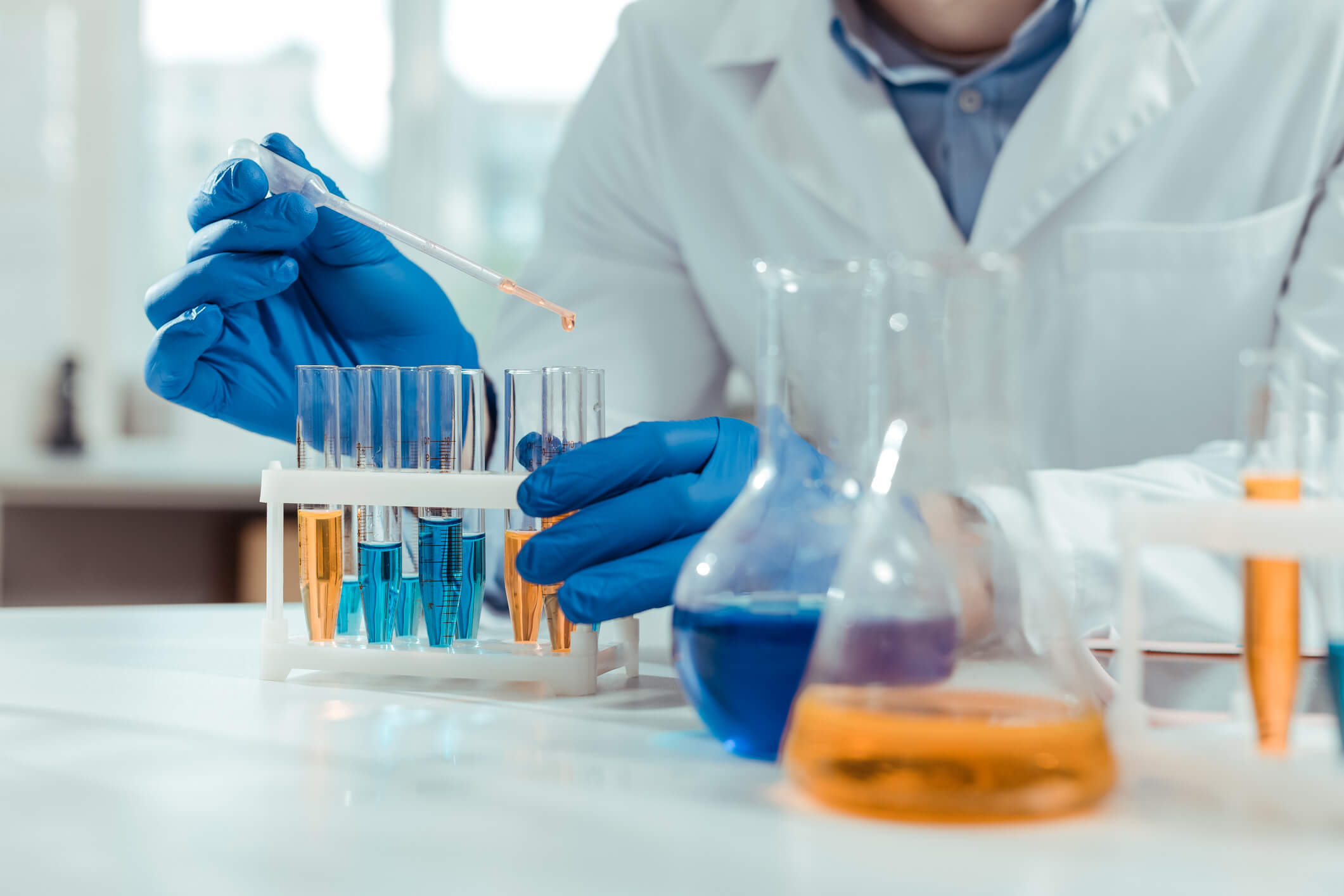Chemistry for Life Science
Overall Course Objectives
The course facilitates the molecular understanding of life science. It provides knowledge of the basic chemical concepts and their use in the natural sciences. A basic understanding is provided of the theory of chemical bonding in organic and inorganic molecules, reaction kinetics, driving forces, equilibria, the most important chemical reactions and the properties of the most important chemical elements.
Learning Objectives
- name simple covalent chemical compounds, salts, and coordination compounds, calculate concentrations of all compounds in an aqueous solution and account for the correlation between measurable properties (mass or volumes) and number of molecules
- balance chemical and biochemical reaction equations and carry out simple stoichiometric calculations
- write the electronic configuration of a given atom or ion and of simple molecules, and describe trends in the periodic system
- write Lewis structures of ionic and covalent compounds, define the central atom hybridization using valence bond theory, determine 3D structures from VSEPR theory, and bond orders and magnetism from MO theory
- determine oxidation numbers and demonstrate knowledge of (bio)chemical redox chemistry, describe the driving forces of chemical change, and identify enthalpically and entropically favourable reactions
- show molecular understanding of solid, liquid and gas phases (gas law) as well as solutions and colligative properties and classify intermolecular interactions by strength
- describe time courses of reactions, calculate reaction orders and activation energies, explain catalysis and apply Michaelis-Menten kinetics
- describe chemical equilibria through equilibrium constants, calculate the pH of acids, bases and buffers in solutions and determine solubility and solubility product
- describe the geometry and properties of (bio)chemical coordination compounds
- describe different types of nuclear reactions, the energetics involved and the use of radionuclides in dating, diagnostics and treatment
- describe and apply the principles behind central analytical techniques, such as mass spectrometry, spectroscopy, diffraction and titrations
- identify substance classes and oxidation numbers in organic chemistry, alongside functional groups and their use in polymerization
Course Content
Nomenclature. Balancing of chemical equations and basic stoichiometry. The periodic table of the elements with emphasis upon trends (atomic radius, ionic radius, ionization energy, electron affinity and electronegativity). Calculation of concentrations in aqueous solution, including acid-base, solubility, and complex-ion equilibria. Kinetics of reactions and catalysis in chemistry and biochemistry. Theory of chemical bonding and geometry, including Valence Bond (V.B.) and Molecular Orbital (M.O.) theory. Chemistry of selected elements. Driving forces and energetics of (bio)chemical reactions. Nuclear chemistry and its application, alongside other analytical methods.
Recommended prerequisites
None
Teaching Method
Lectures and problem solving
Faculty
Remarks
No particular comments




